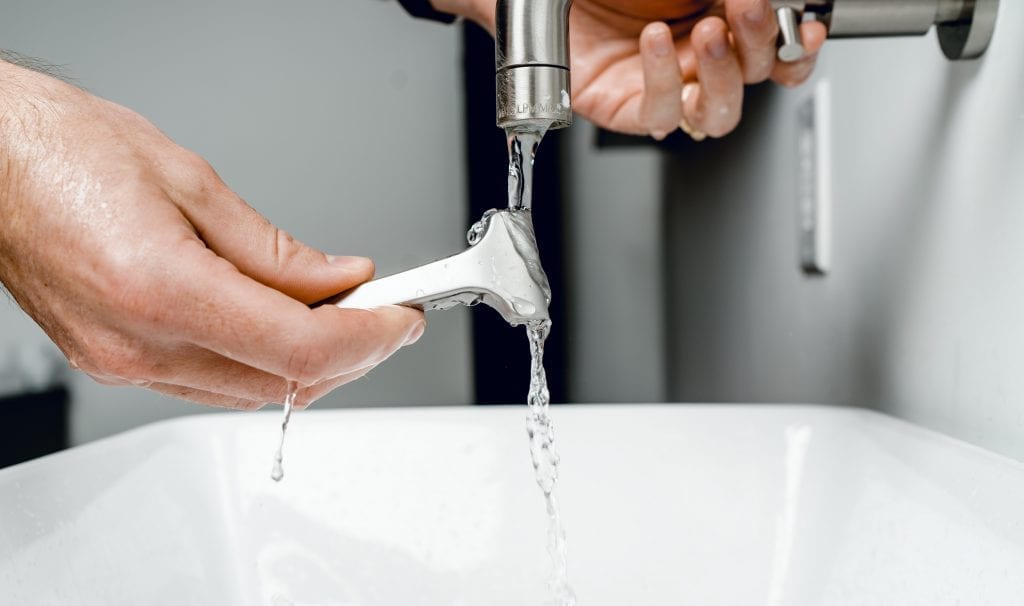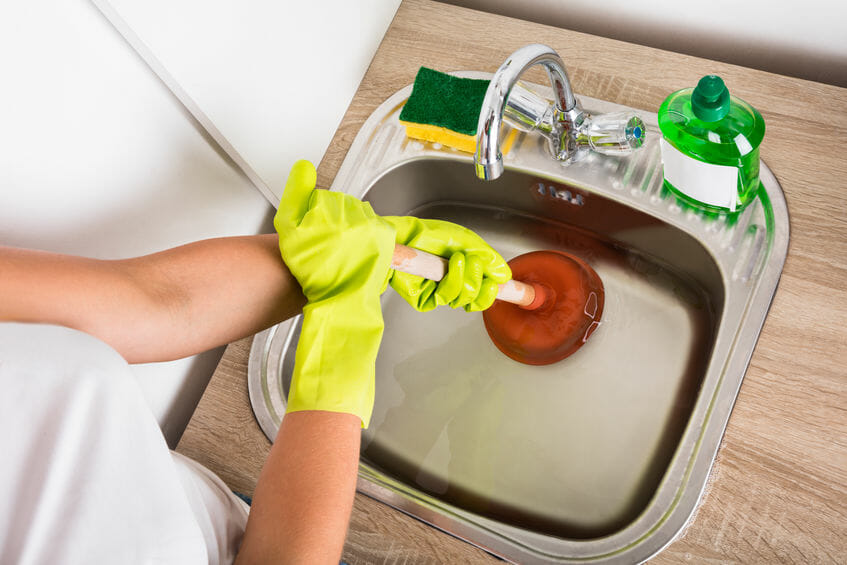Essential Winterizing Strategies: 5 Ways to Keep Pipes from Bursting
Essential Winterizing Strategies: 5 Ways to Keep Pipes from Bursting
Blog Article
We have stumbled on the article involving Prevent Freezing and Bursting Pipes listed below on the web and felt it made sense to discuss it with you over here.

All house owners that live in temperate environments have to do their ideal to winterize their pipes. Failure to do so can lead to disaster like frozen, fractured, or burst pipes.
Switch on the Faucets
When the temperature declines as well as it appears as if the cold temperature will certainly last, it will help to transform on your water both indoors as well as outdoors. This will certainly keep the water streaming with your plumbing systems. You'll finish up wasting gallons of water this method.
Open Up Closet Doors Hiding Plumbing
It would be valuable to open cabinet doors that are camouflaging your pipelines when it's chilly outside. For example, they could be someplace in your cooking area or shower room. This will permit the warm air from your heater to distribute there. Consequently, you avoid these subjected pipelines from cold. Doing this small trick can keep your pipes cozy as well as restrict the possibly dangerous end results of freezing temperature levels.
Take Some Time to Wrap Exposed Water Lines
One awesome as well as simple hack to heat up icy pipelines is to cover them with cozy towels. You can cover them first with towels. After securing them in position, you can pour boiling water on the towels. Do it slowly to allow the towels take in the liquid. You can also use pre-soaked towels in hot water, simply don't neglect to put on safety gloves to safeguard your hands from the warmth.
Try a Hair Clothes Dryer or Warm Gun
When your pipelines are practically freezing, your dependable hair clothes dryer or heat weapon is a godsend. If the warm towels do not help dislodge any kind of resolving ice in your pipes, bowling warm air straight into them may assist. You might end up harmful your pipelines while trying to thaw the ice.
When Pipes are Frozen, shut Off Water
Shut off the major water valve immediately if you discover that your pipelines are entirely frozen or practically nearing that phase. You will typically locate this in your cellar or utility room near the heater or the front wall closest to the street. Turn it off right away to prevent further damages.
Do not fail to remember to close exterior water resources, as well, such as your hookup for the yard home. Doing this will avoid additional water from filling out your plumbing system. Regrettably, with more water, even more ice will pile up, which will eventually bring about rupture pipelines. If you are unsure concerning the state of your pipes this winter, it is best to call a specialist plumber for an inspection. Taking this positive approach can conserve you countless bucks in repairs.
All home owners that live in pleasant environments need to do their finest to winterize their pipes. Failure to do so can lead to catastrophe like icy, fractured, or burst pipelines. If the hot towels do not aid dislodge any kind of resolving ice in your pipelines, bowling warm air directly into them might help. Turn off the primary water valve instantly if you see that your pipelines are entirely icy or practically nearing that stage. With even more water, even more ice will certainly stack up, which will at some point lead to rupture pipes.
PREVENT YOUR PIPES FROM FREEZING THIS WINTER
A Leading Cause of Property Damage
When the weather is taking a deep nose dive into the cold dreary days, the risk of your pipes freezing and potentially bursting skyrockets. Unfortunately, during these cold dreary months, burst pipes are the most common denominator for property damage. The pipes that are most at the risk are those that are in areas where it is most cold in your home. For instance, pipes located in interior places such as basements, attics, and your garage. Unfortunately, that doesn’t mean that the pipes running through your cabinets or exterior walls can’t freeze. Good news, however, is that you can do things to help prevent pipes from freezing.
How to Prevent Pipes From Freezing
Once the temperature starts to drop during the winter, you should be taking the proper measures needed to ensure that your pipes stay warm and that there is circulation of water through them. Some steps that experts may recommend could go against your better judgement when it comes to saving water and heat. However, it would go without saying that when expenses are compared, damaged pipes could put a bigger dent in your wallet than a water bill.
What Can I Do?
Keep your garage door closed. This is very important, especially if you have water supply lines running through your garage. Open your kitchen and bathroom cabinets to allow warm air to circulate through them. Allow air circulation throughout your home. Keeping the interior doors open will once again allow the warm air to circulate inside your home. Ensure your thermostat is running the same temperature throughout the night and day. If you plan to be away from home during the cold months, set your temperature no lower than 55° F. This should provide enough heat to keep the pipes warm and prevent any remaining water inside the pipes from freezing. For more of a long-term solution, add insulation to attics, basement, and other crawl spaces around your home. By allowing your faucet to drip, it will alleviate pressure in the system. This is important because the pressure that is created between the blockage and the faucet can potentially cause the pipes to burst. Allowing the faucet to drip will prevent the pressure from building up, therefore keeping the pipes from bursting. Seal any cracks, openings, and crawl spaces around your home to prevent cold air from coming inside. This keeps your pipes-not to mention your home-warmer and less susceptible to issues caused by freezing temperatures. For the pipes in your home that are easily accessible, applying electrical tape to them might prevent them from freezing over. This is a quick fix, as you can apply the tape directly to the pipe. There are two options for heating tapes. One turns on and off by itself when it senses heat is needed. The other type of heating tape needs to be applied when heat is needed and removed when not necessary. If you have exposed pipes in your home, you can check this website to take a look at a few options that would be available at a shop near you.

Hopefully you enjoyed our piece about Prevent Freezing and Bursting Pipes. Thank you so much for spending some time to read our post. Enjoyed our blog? Please share it. Let others check it out. We value reading our article about Prevent Freezing and Bursting Pipes.
Click Here Report this page